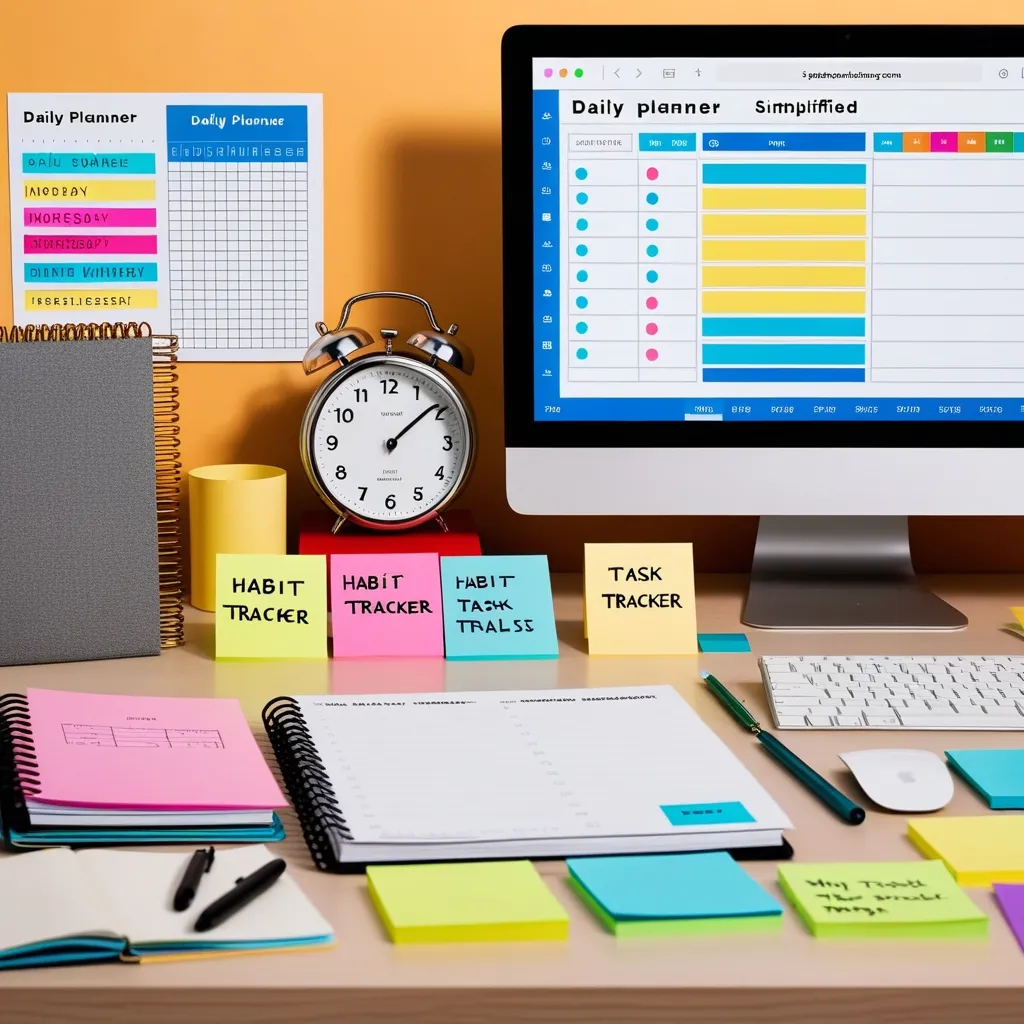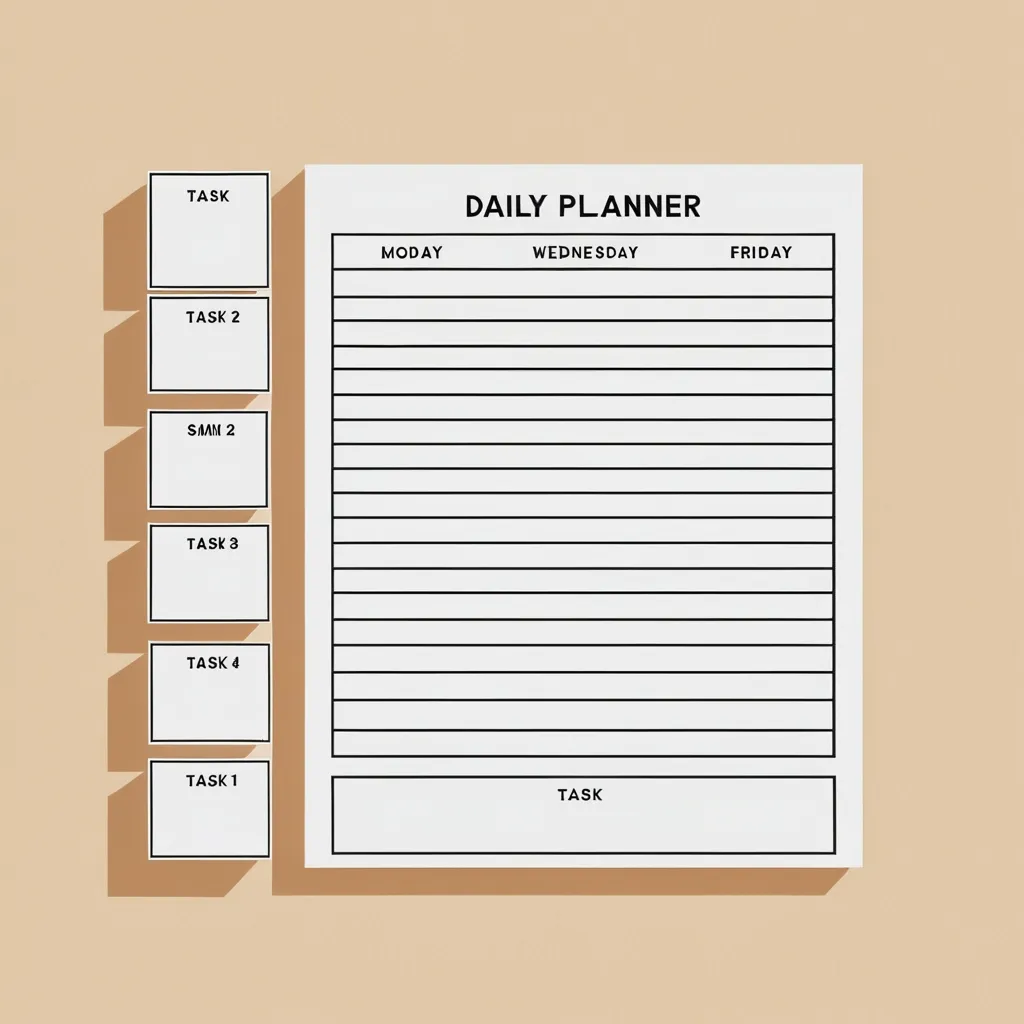In this crazy busy world, finding time to sit down and really focus can feel impossible. But there’s this handy trick called time blocking that can help. It’s all about setting aside chunks of your day for specific tasks, letting you dive deep into what matters without getting distracted every five minutes.
Time blocking is like carving your day into a series of labeled chunks. Imagine being a freelance writer with different blocks for writing, research, meetings, and maybe some professional growth. By slotting these chunks into your calendar, you lay out a clear game plan, helping you stay on task without getting sidetracked by constant interruptions.
Step one in mastering time blocking is knowing how to prioritize. First, split your tasks into deep work and shallow work. Deep work is all about high-focus, brain-heavy activities that create big value, like writing a report or brainstorming a breakthrough. Shallow work is the opposite—tasks you can tackle with half a brain, like sorting emails or sitting through non-essential meetings.
For the best results, you’ve got to organize these tasks by urgency and importance. Tackle things that are both urgent and important first. For the important-but-not-urgent stuff, make sure you block off solid, uninterrupted time well before the deadlines sneak up on you. Delegate or schedule less critical tasks, and just ditch anything that’s neither urgent nor important.
Once you’ve got your tasks sorted, it’s time to pencil in your focus blocks. Think of these as non-negotiable meetings with yourself. If you need two hours to hammer out a critical project, block those two hours and protect them fiercely, just like you’d protect any other high-stakes meeting.
Letting your team in on your focus blocks is also key. Communicate your dedicated work times to colleagues and stakeholders so they know when you’re off-limits. A quick Slack message or a simple light indicator can do the trick. Keeping everyone in the loop means you get to dive deep without unexpected interruptions.
Your work environment plays a big role too. Find a quiet, private spot where distractions can’t reach you. Turn off your phone screen, close those unnecessary tabs, and clear away any clutter from your workspace. Noise-canceling headphones with a good playlist can drown out disturbances, keeping you in the zone.
Experimenting with standing or walking desks might be worth a shot too. They can give your energy a nice little boost, aligning your physical state with the mental hustle of deep work. The goal is to minimize external distractions so you can sink your teeth into the task at hand.
Meetings are another big distraction. They can fragment your day, making it tough to find those precious long stretches of focused time. To combat this, cut down on the number of meetings you attend and slot them strategically. For example, keep your afternoons open for 1:1s and team huddles, leaving the mornings for solo deep work.
If you can, push for a no-meeting day at your company. A full day dedicated to getting stuff done can be a game-changer. Since a huge chunk of meetings are deemed unproductive anyway, being choosy about which ones to attend can really up your productivity game.
Using project management tools can streamline your work process even more. By integrating these apps with your calendar, you take out the hassle of manually scheduling tasks. This lets you see everything in one place, making planning your day a breeze.
Coordinating focus time across your team can also work wonders. Set regular focus hours where non-essential meetings are off-limits and keep notifications on mute. Maybe rotate who’s the point person for urgent matters during these blocks. Stand-up meetings before and after focus hours can synchronize everyone, allowing the team to celebrate progress together and tackle any challenges.
Protecting your focus time is crucial. Treat these blocks as sacred. Buffer each focus session with 15-30 minutes for brain downtime, helping you transition smoothly between tasks. If sticking to a digital schedule is tough, go old school with a paper planner. Keeping a visible schedule on your desk can serve as a constant reminder.
Putting this into practice, you should aim for at least two hours of uninterrupted deep work daily. This keeps you from getting lost in the shallow stuff and sharpens your skills. Making this a team-wide habit can help everyone respect these blocks, transforming productivity and boosting overall company culture.
Blocking your calendar for deep work is a powerful strategy. By dedicating concrete time slots to high-priority tasks, you protect your focus and achieve more with less effort. Combined with a good work environment and smart meeting management, this tactic can elevate your productivity to new heights.
The key to successful time blocking? Be intentional and consistent. Turn deep work into a regular fixture on your schedule, and you’ll tap into your full cognitive potential. So go ahead, take control of your calendar, block out those focus times, and watch your productivity soar.






